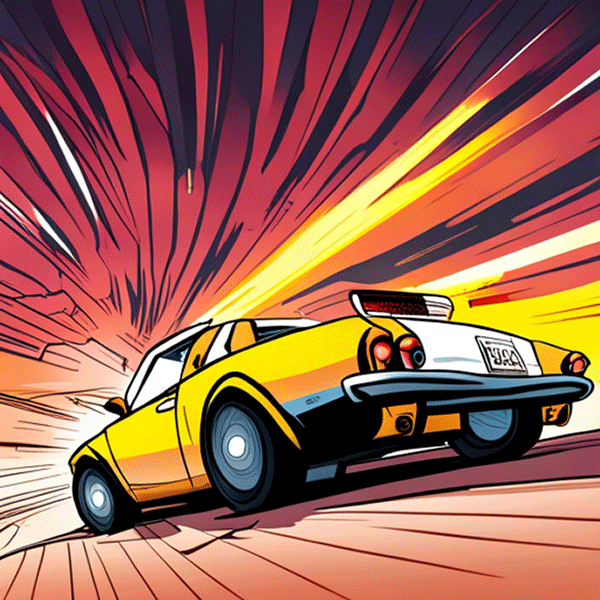What is Speed?
Think about when you’re racing your friends on your bikes. The one who reaches the finish line first is the fastest, right? That’s what speed is all about – how fast something is moving.
Speed is measured by how much distance is covered in a certain amount of time. For instance, if you bike 10 miles in 2 hours, your speed would be 5 miles per hour.
What is Velocity?
Velocity sounds like a fancy word, but it’s just speed in a specific direction. So, if you’re driving a car at 60 miles per hour north, your velocity is 60 miles per hour north. The direction is important here. If you turn around and drive south, even at the same speed, your velocity changes because your direction has changed.
What is Acceleration?
Acceleration is all about changes in velocity. When a car starts moving from a stop sign, it accelerates. When it slows down to stop again, it also accelerates – just in the opposite direction!
Acceleration is how quickly velocity changes. If a car can go from 0 to 60 miles per hour in 10 seconds, it has an acceleration of 6 miles per hour per second.
The Difference between Speed, Velocity, and Acceleration
Speed is simply how fast you’re going, without any regard for direction. Velocity is speed in a given direction. Acceleration, on the other hand, is the rate at which you increase your velocity.
Think about it like this: if you’re on a straight road, your speed tells you how fast you’re going. Your velocity tells you how fast and in what direction you’re going. And acceleration tells you how quickly you’re picking up speed or slowing down.
Why is Understanding Speed, Velocity, and Acceleration Important?
Understanding these concepts gives us a better grasp of how things move and work in our world. Engineers use these principles when designing cars, pilots use them when flying planes, and even athletes use them when playing sports!
So, the next time you’re in a car or on a bike, think about your speed, velocity, and acceleration. And remember, always buckle up for safety when accelerating!
